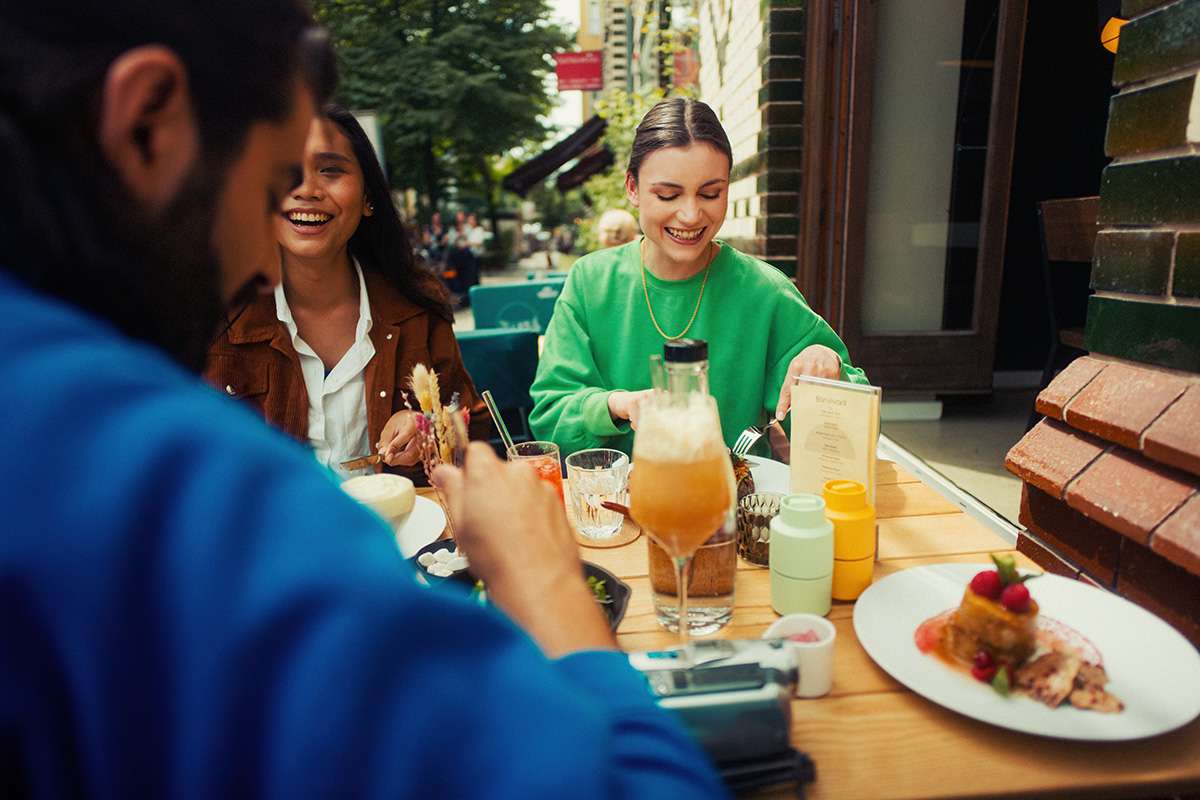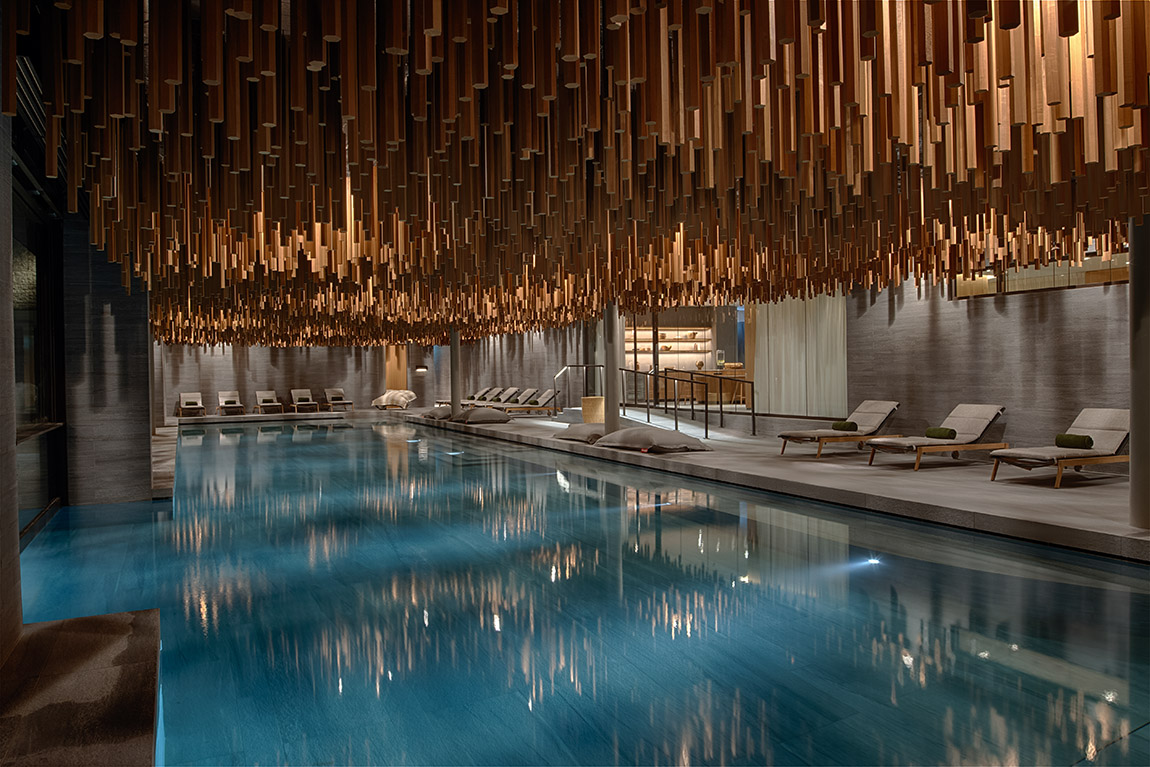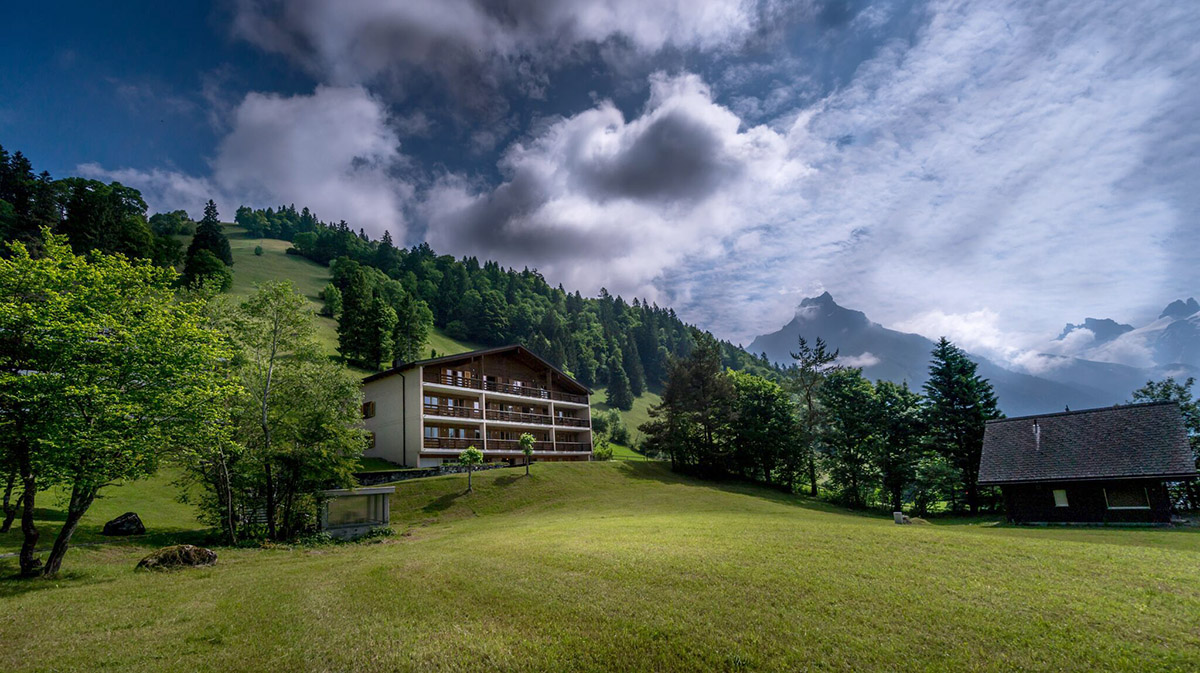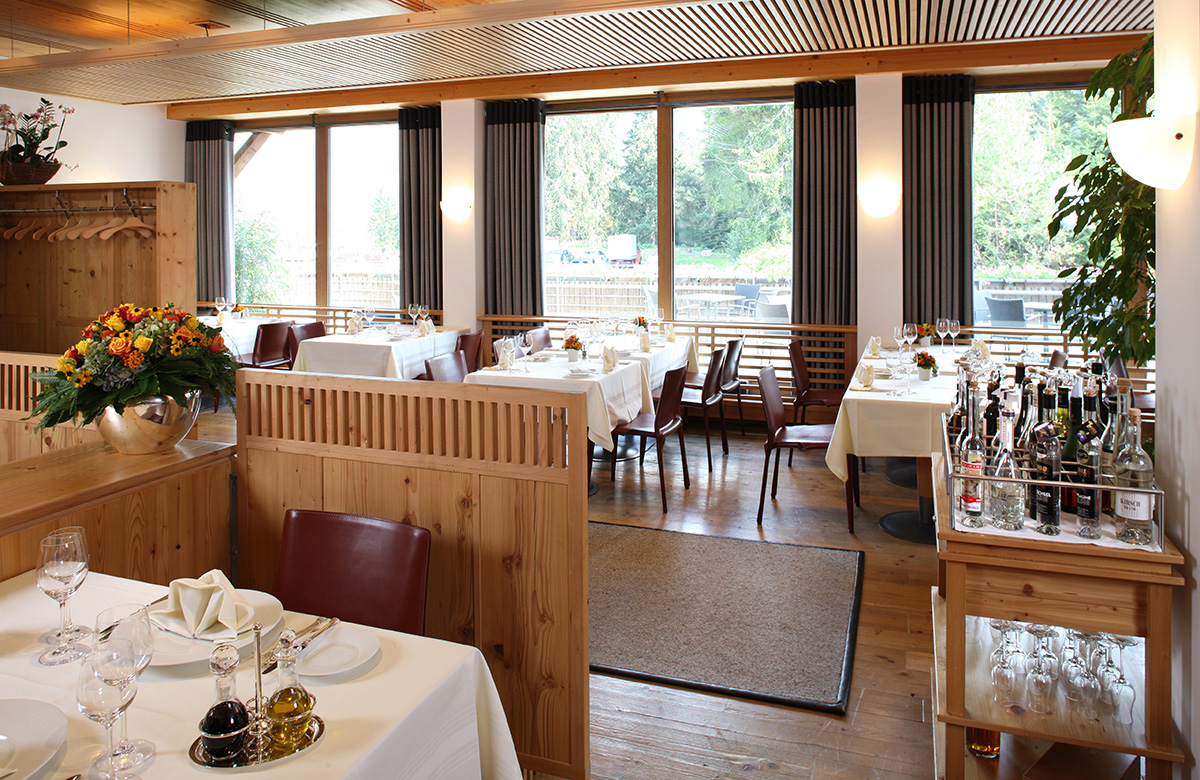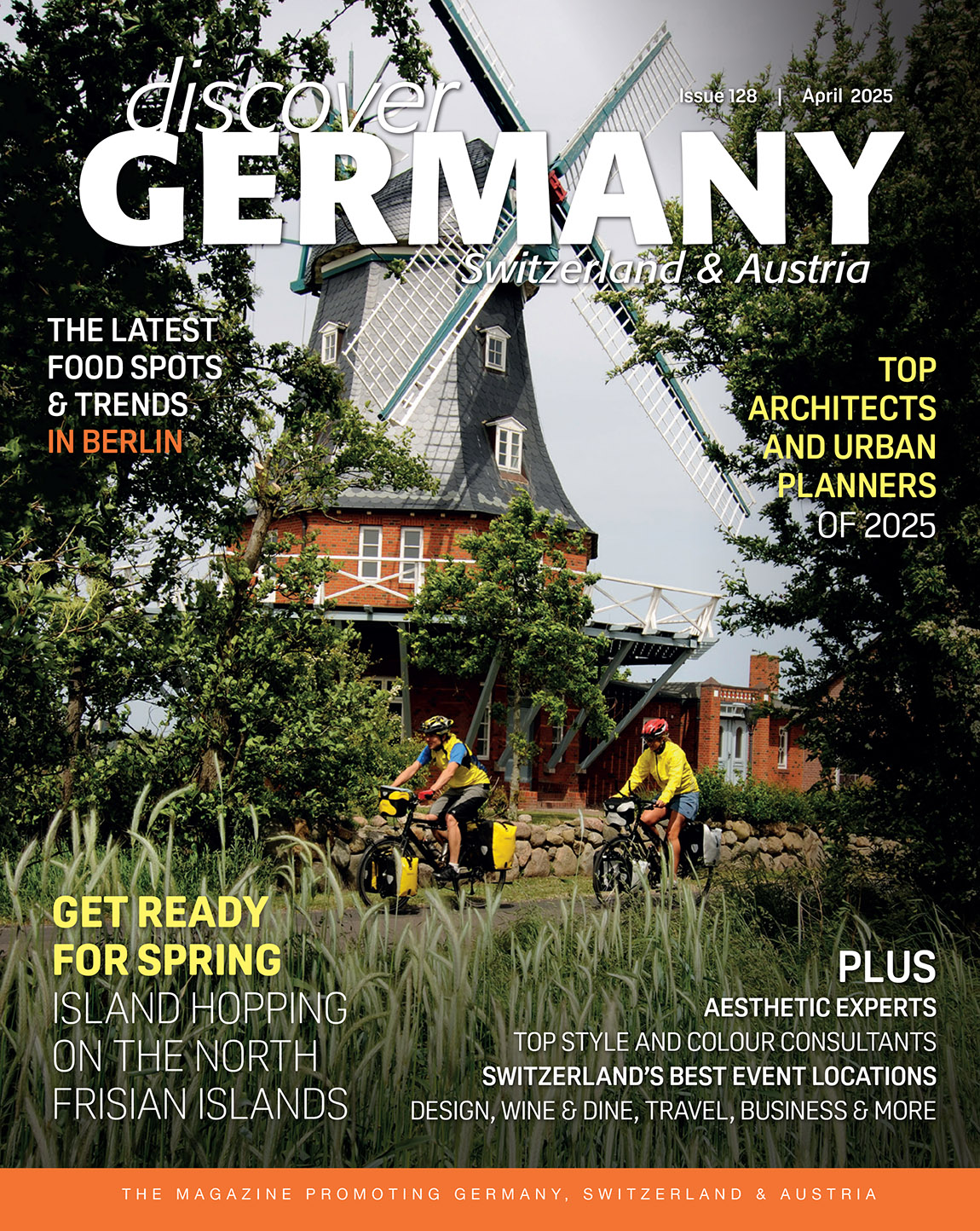Marzipan – From Lübeck with love
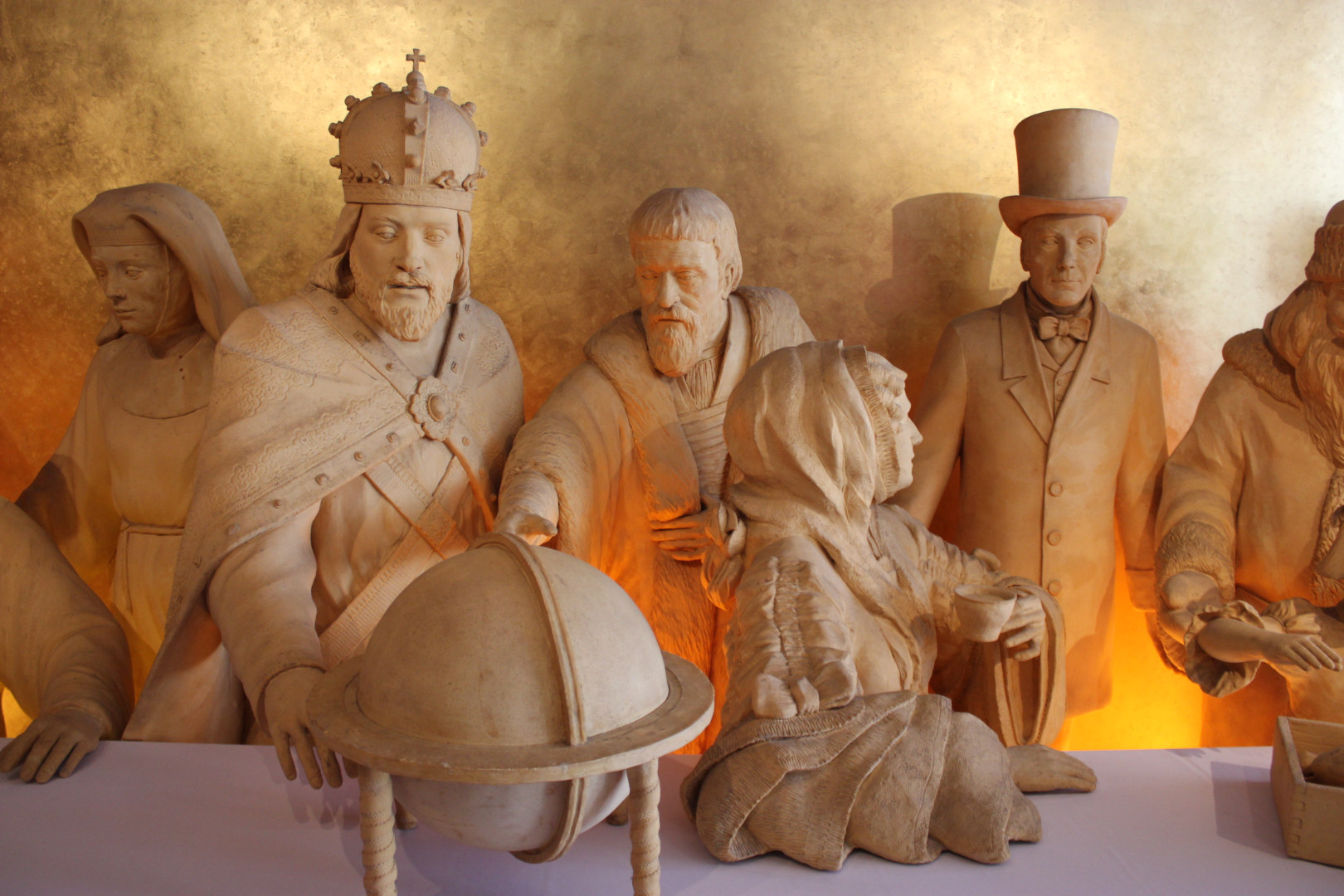
Once the preserve of the wealthy and the powerful, today the confectionary from Lübeck is available for everyone. Famous around the world, the sweet delicacy does not originate in northern Germany though. But it was perfected here.
TEXT & TOP PHOTO: WIBKE CARTER
Ask a German where marzipan is from and the answer will unquestionably be Lübeck. No other place is so closely associated with the almond sweet than the town on the Baltic Sea where five companies still produce what literature Nobel Prize winner Thomas Mann once described as ‘harem confectionery’.

Marzipan. Photo © Erasmi & Carstens GmbH & Co. KG
Historians trace the origins of marzipan back to the orient in the ninth century, but whether or not locals in northern Germany knew of it in 1407, when a famine ravished Lübeck, is not known. Food lore claims that starving residents turned almond remains and sugar, found in the port city’s warehouses, into almond meal, moulded it into loaves and distributed this ‘Mark bread’, or Marci panis, to the needy on St. Mark’s Day.
In 1530, the word ‘Martzapaen’ was mentioned in Lübeck’s guild-rolls for the first time. Initially, only apothecaries were allowed to trade with sugar and spices and it was not until confectionery became a trade in its own right that others were allowed to also produce marzipan. At first, it was only Europe’s nobility, amongst them German emperors and Russian czars, who were able to indulge in marzipan. It took until the beginning of the 19th century before ordinary citizens were able to enjoy it as sugar became more affordable thanks to new extraction practices from sugar beet.

Marzipan by Niederegger. Photo © J. G. Niederegger GmbH & Co KG
It is estimated that in 1800 around 135 marzipan producers, mostly pastry shops, were active in Lübeck and in 1806, Niederegger confectionary, the oldest manufacturer still in existence, opened its doors. Around 1900, there were 29 marzipan makers in town, but today only a handful are left. Although marzipan is widely produced in Germany, since July 1996 ‘Lübecker Marzipan’ has been registered in the European Union (EU) as a ‘protected designation of geographical origin’ like Gouda cheese or sparkling wine from Champagne.
So what distinguishes ‘Lübecker Marzipan’? The basic elements of marzipan products are marzipan paste and sugar. It is the ratio of these raw materials that primarily determines the flavour, and each producer keeps his secret. Legislation permits products marketed as marzipan to have a ratio as low as 50 parts marzipan paste to 50 parts sugar. But both types of local marzipan have a much higher proportion of almonds. Lübeck marzipan has a ratio of at least 70 parts marzipan paste and 30 parts sugar, and Lübeck fine marzipan has a ratio of 90 parts marzipan paste and ten parts sugar.

Niederegger store. Photo © Wibke Carter
In former times, the production of marzipan was a strenuous and troublesome job at the grinding stone, but these days most products, except the very high-quality ones, are produced industrially. After harvest and transport, the almonds are first shelled by machine, then subjected to visual checks to ensure any contaminants and traces of shell are picked out before the almonds are made into a paste, combined with sugar, and placed into copper cauldrons for roasting. This process also removes excess moisture from the paste, which is next placed in ‘cooling boats’. Next, the marzipan is shaped to the desired form (for example loaves, hearts, sweets, figures etc.) and, depending on product, filled and chocolate-coated. Finally, the products are packaged by machine or, as is customary in the case of the figures, skilfully painted by hand using food colouring, and then packaged.
While Niederegger, which exports to 40 countries and employs around 500 people, is Lübeck’s best-known marzipan maker, there are others like Erasmi & Carstens or boutique producer Mest who specialises in organic ingredients and unusual flavours like garlic marzipan.

Left to right: Worker at marzipan factory. © J. G. Niederegger GmbH & Co KG | Old advertising with Queen Elizabeth I for marzipan. © J. G. Niederegger GmbH & Co KG
It is impossible to ignore the sweet temptations while in town. The Niederegger Marzipanerie is awash with 300 different chocolate-covered, glazed or decorated specialties along with classic marzipan in the shape of bread or the famous marzipan hearts, fine chocolates, sweet liqueurs, hot drinks and seasonal extras. The upstairs Marzipan Salon explains the history and science behind marzipan, displays some of the ancient tools used for grinding almonds, and a dozen life-size figures from the confection’s history as well as some famous Lübeck buildings like the Buddenbrook House and Holsten Gate, completely made from marzipan.
In the Marzipan Speicher, located on Lübeck’s picturesque Trave River, rich marzipan cake is on offer on the second-floor café and sweeter marzipan can be bought in a wide variety of shapes and products.
Subscribe to Our Newsletter
Receive our monthly newsletter by email
